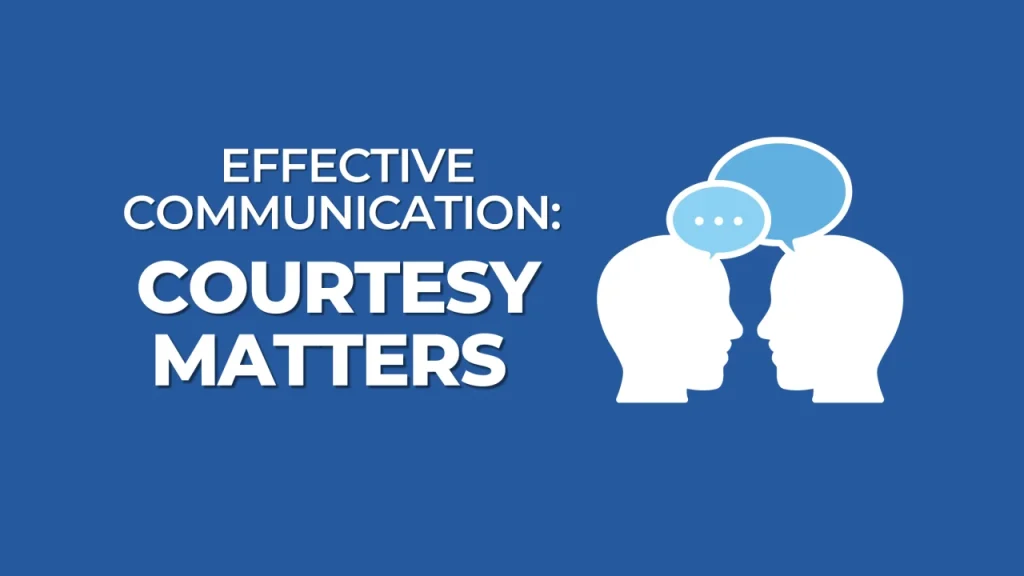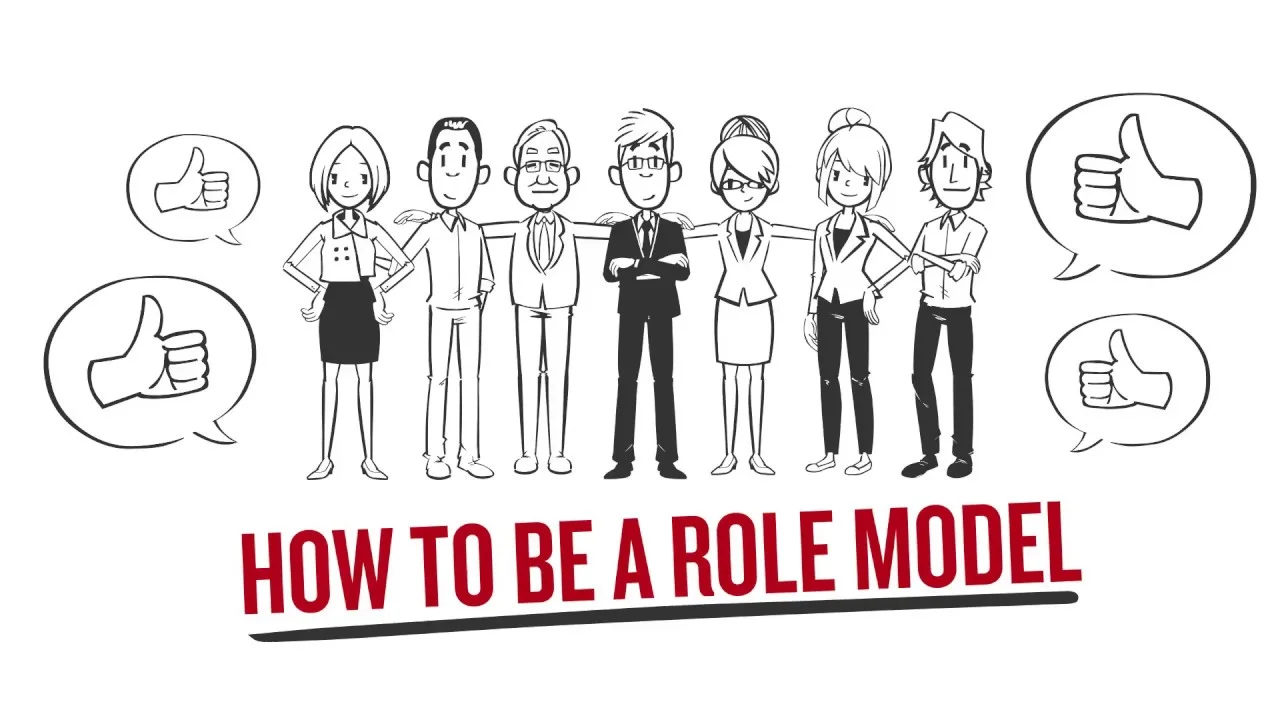When one is described as a positive role model, it means that such a person has a positive influence over others by their actions, values and behaviors encouraging people to become better.
This does not apply only to those in leadership or authority positions; any individual can be considered a role model when they possess such qualities as integrity, compassion and perseverance.
What Connotations Are Associated with Being a Good Model?
A positive role model is an individual who, through action and attitude, engages in several behaviors that are laudable by other people and in turn wish to copy. It is not merely issuing directives and expecting compliance.
Rather it is a practice of letting the people see the principles that one preaches and actively practice them, being loyal to personal values and earnestly making proper choices. It is not very difficult to become a positive role model for other.
The Significance of Promoting Positive Role Models in Various Contexts
In various contexts, positive role models are important for the reason that they influence how people behave, what their attitudes and aspirations are. Examples of role models in an organization include assisting in developing trust, teamwork, and respect.
As a result, they enhance the level of motivation and productivity of the employees, who in turn feel appreciated and look up to doing their best in whatever they do.
For example, in schools, teachers, coaches, and other members of the community who function as role models enhance the students’ performance or achievement in school.
Qualities of a Positive Role Model
In the case of become a positive role model, some traits will be necessary ones that will not only encourage people but also encourage trust and respect among people. This goes a long way to make your impact to be meaningful to the targeted people.
Integrity and Honesty
A person reflects good qualities of a role model in many aspects, but the most important quality is integrity. It includes, but is not limited to, lie-free conduct, ethical behavior and transparency in actions and decisions made.
Integrity is a something that amounts to being honest and fair to the people around you regardless of the encouraging circumstances.This sense of authenticity inspires most of us to return that honesty and trust and most importantly, that trust goes two ways and accountability is expected.
It is said that integrity begets integrity, such that those who follow come to imbibe that very same quality.

Self-Awareness and Reflection
A good model is one who is familiar with their area of practice and also spot the merits and demerits of their attitude and behavior. An understanding of these areas helps one appreciate other people’s actions or even alter their own when required.
Reflection helps to eliminate the destructive tendencies that every person has and work for individual enhancement. To confront bottom line results of self-improvement one helps others revisit their shortcomings in order to rectify. It is that vision disruption that accelerates self-realization and understanding with strong emphasis helps one’s value wits over hiding flaws.
Empathy and Compassion
Taking into account a variety of strategies in the parameter of ethic attitudes towards others, we conducted points as Compassion and Consistency. Empathy is the capacity to put oneself in another person’s shoes, while compassion is that inner feeling, prompting the wish to bring relief to other’s pain. A good role model uses the compassion strategy by listening and responding kindly to speakers.
This method fosters confidence as well as encourages the sharing of concerns since it makes one feel appreciated. Some assert their leadership style relies on empathy because it fosters communication between people and encourages the establishment of a non-punitive culture in which everyone is free to make mistakes and be corrected.
Consistency and Commitment
Considered strategies which were perceived as not only necessary but also helpful in case of ethical issues in the parameter of other people’s management were Consistency and Commitment. The most important aspect of being trustworthy is exhibiting consistency. One maintains a working of a positive role model by standing his or her ground on a certain action, irrespective of external influences.
Receiving such endorsement gives assurance to other people that you can stand by your actions and convictions against the odds. Consistency is also in keeping one’s word made on any type of pledge and enactment, which earns respect to the person.

Confidence and Positivity
It is well known that the combination of confidence and positivity can greatly influence the people around you. There is a confident role model who possesses confidence in herself and motivates the people to have trust in themselves.
The same goes for positivity, for this is a state whereby, instead of obstacles, challenges are taken as a stepping stone. There is a role model who always stays positive regardless of the situation and such a person is able to motivate others to focus on solving problems and being creative.
Being a Positive Role Model in the Workplace
This means that one has to in a way lead by example in the workplace in every good pride and niceness that one exhibits through their actions, productivity, and relations with others. And this is not just to be effective at your tasks; it is to change the overall energy of the organization towards the energy of respect, appreciation, and betterment.
Lead By Example
One of the most effective methods of influencing others is by leading from the front. It entails not just performing according to the job description but providing more than the minimum in such a way that others wish to follow suit.
When continuously observing attributes, such as being on time, working hard and being cheerful, you raise the bar for your co-workers on what it means to be a team member. People will be likely to imitate the initiatives, the ability to control the emotions and pressure as well as the way you resolve conflicts.
Utilize Effective and Courteous Communication
Effective communication is crucial in establishing trust and cooperation in the professional environment. An exemplary individual is never shy to present his or her ideas provided that they will be appropriately and respectfully communicated.
When you communicate effectively, there is an atmosphere where all the people are encouraged to speak and made to feel important, and as a result, better working relations and higher morale is obtained.

Encourage Growth and Learning
A good role model at work instills a sense of development while making the most of learning opportunities. Things like knowledge sharing, providing feedback, and career enhancement opportunities should help your colleagues grow their skillset.
If people hail achievements and admit to errors, there is a tendency to want to progress. It helps each employee and the organization as well. Employees who appreciate that they will be supported and that there is an opportunity for them to grow are more inclined to seek challenges or new things that they might create.
Foster Inclusivity and Teamwork
Inclusivity means building a workplace or a team in a manner that people from all backgrounds or roles feel welcome, appreciated, and respected. A good role model actively practices inclusion in making sure that the unique gifts and views of every team member is put to use.
In this respect, this entails explaining to each of the parties the basic ground rules, and making sure every one of them is able to participate in any decision-making process as well as working as a team.
What Can You Do as a Good Influence on Your Students
Students lead lives that are positively influenced by positive figures in their lives that in turn impacts the students’ feelings, conduct, and aspirations. Below are some of the ways individuals can become good role models to the young growing generation.
Be Responsible and Take Ownership of your Actions
Putting responsibility and accountability to one’s actions educates students on reliability and the need to make choices and be accountable for those choices. Every single action, either fully prepared for class or hitting deadlines or simply saying, I am sorry when you are wrong, plays an extreme role.
Students learn and practice being responsible in terms of their actions since they have to face the outcome of their actions. This creates a trusting environment whereby the students are comfortable making mistakes and learning from them.
Foster the Spirit of Inquiry
The influence towards learning in a role model can be infectious towards the students. If curiosity and a love for the subject matter are prominently displayed, students are more likely to delve deeper and make an effort to understand the coursework.
Share your own experiences, show the relevance of the different lessons being taught, and foster a participative class where questions and questions in relation to the lesson can be raised.

Be Available and Child-Centered
Close to being supportive is the attentiveness and memory with which a teacher approaches students and their concerns. Students seek help and have many words in their heads. Know they have some words. Do not be one of those people.
This way, they will trust their ability to get through the discussions, which increases their participation. It also assists in ensuring that students are appreciated and understood. This is important in their emotional and social development.
Encourage Social Responsibility and Justice
Fostering fairness and ethical conduct during interactions reinforces the lessons of students’ integrity and justice. Always give every student their due regard, irrespective of their finesse, background or otherwise.
Ask for, praise honesty and fairness towards everyone, make promises clearly about how you expect them to act. Adhering to these values assists in creating a certain level of respect and security in the classroom that enables the students to learn effectively and grow as individuals.
Five Qualities of an Ideal Role Model
An ideal role model has the desired characteristics that motivate other people. These include:
- Trait of integrity: Doing what is directed without any form of dishonesty.
- Trait of empathy: Showing awareness and concern for the feelings and needs of others.
- Trait of resilience: The ability to cope with and deal with difficult situations.
- Trait of dedication: The level of engagement one puts on the activities one has set out to do.
- Trait of optimism: A hopeful state of mind where the individual also seeks to encourage others to do the same.
These form the basis of trust and respect where individuals have the desire to encourage such measures in others.
The Merits of Being a Positive Role Model
The advantages of being a positive role model are numerous, and it extends beyond just the satisfaction of the individual. To begin with, it allows for individual development through prompts for self-assessment and enhancement and enhancement.
More often than not, a role model is viewed as an authority figure, which means more chances for personal advancement and new ventures in the future. In addition, you may inspire others to do better as a result of your influence and this may encourage them to strive towards excellence and integrity.
Barriers to Being a Positive Role Model and Strategies for Advocating Towards Them
While it is rewarding to be a positive role model, this comes with challenges as well. First, it is often hard to be step consistent in behavior, especially when one is under stress or being observed. In addition, managing and dealing with criticism and negative feedback can be very hard.
Similarly juggling between personal and work commitments and sticking to the values that you espouse can also be difficult. In order to deal with these challenges, it is crucial that you adhere to your values, accept feedback for development, and take time off when needed to avoid becoming overwhelmed.
Conclusion
Being a positive role model is not simply showcasing a few actions here and there, it is more of radiating a virtue which the individual would like others to manifest. It is a non-ending journey as there will always be learning opportunities, introspection moments and resolve to practice what has been preached.
To act from the head, the heart and the hands is to change the world for the better. Remembering that actions are. So do your best in every action remembering that every act is a cause to somebody or something and therefore, be the change you want to see so that change can take place.
FAQs
Q: What are the primary attributes that one needs to have in being a good role model?
A: positive role model should be one who to some extent possessed qualities like virtue, compassion, grit, faithfulness and positive mental attitude. Such qualities also motivate people as well as support the development of an environment where trust and respect prevail.
Q: Why is it necessary to be a role model in the workplace?
A: Positive role models enhance productivity and morale, because they help build a culture of trust, commitment, teamwork, and motivation. They also reinforce acceptable behaviors and contribute to the creation of a pleasant working atmosphere.
Q: What makes a good role model for students?
A: Showing responsibility, passion for ideas, being friendly and open to possibilities, and treating others with justice and respect in all dealings will also help you be a good role model for students.
Q: How does what you call a ‘positive role model’ assists the individual?
A: The benefits include personal development, career growth, positivity on others, and the establishment of healthy and decent relationships that are built on trust.
Q: What are some factors that make it difficult for positive role models?
A: The challenges are that one may lose focus, face verbal attack, juggle many roles, and handle stress while keeping in check one’s principles.

Russell F. Jones, holding a Master in psychology from the University of Florida. He writes for Smart Parent Solutions, offering practical advice on parenting and child development. His engaging content helps parents navigate family life with confidence and ease. Russell enjoys sharing his knowledge and spending quality time with his family.
